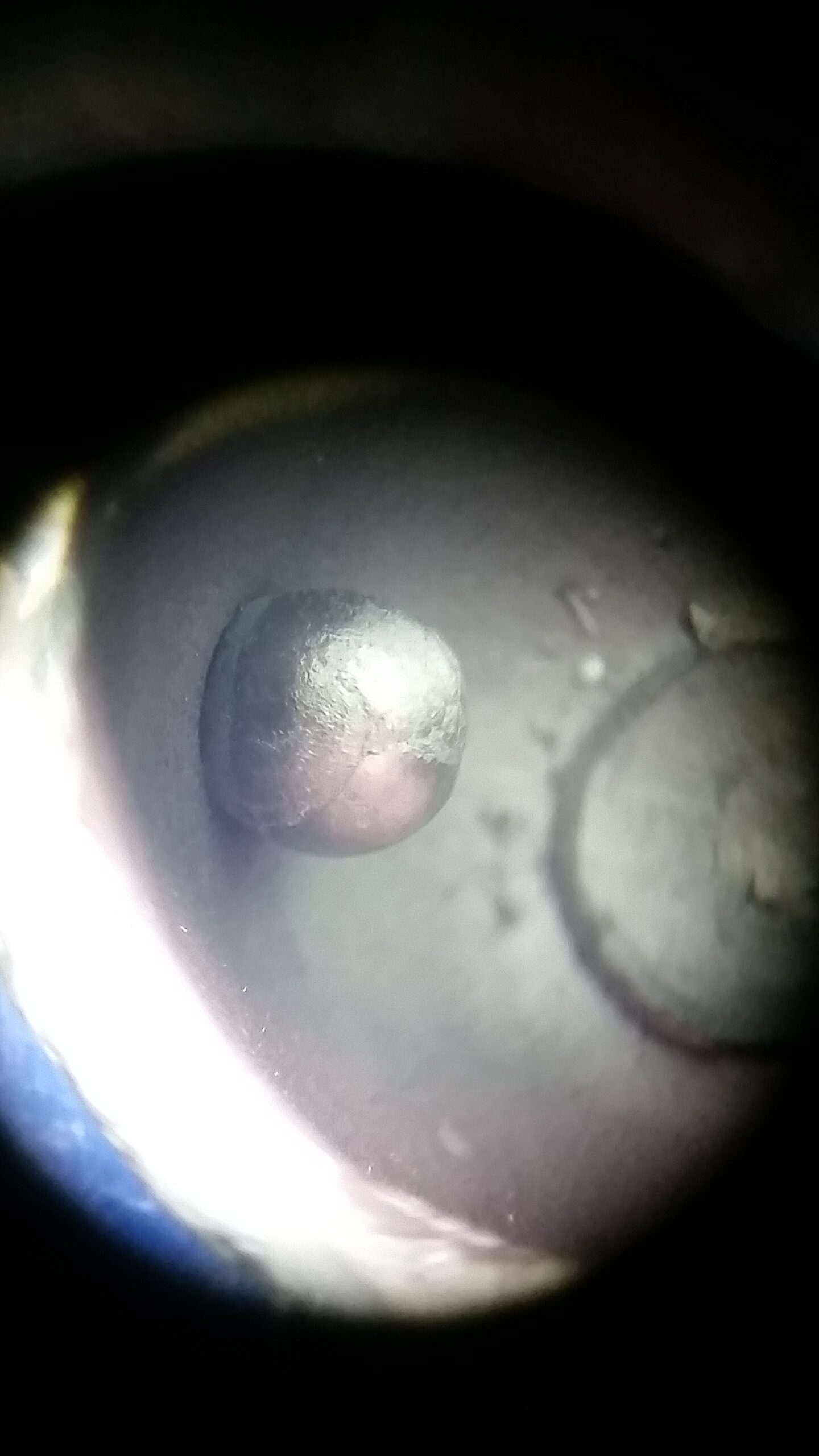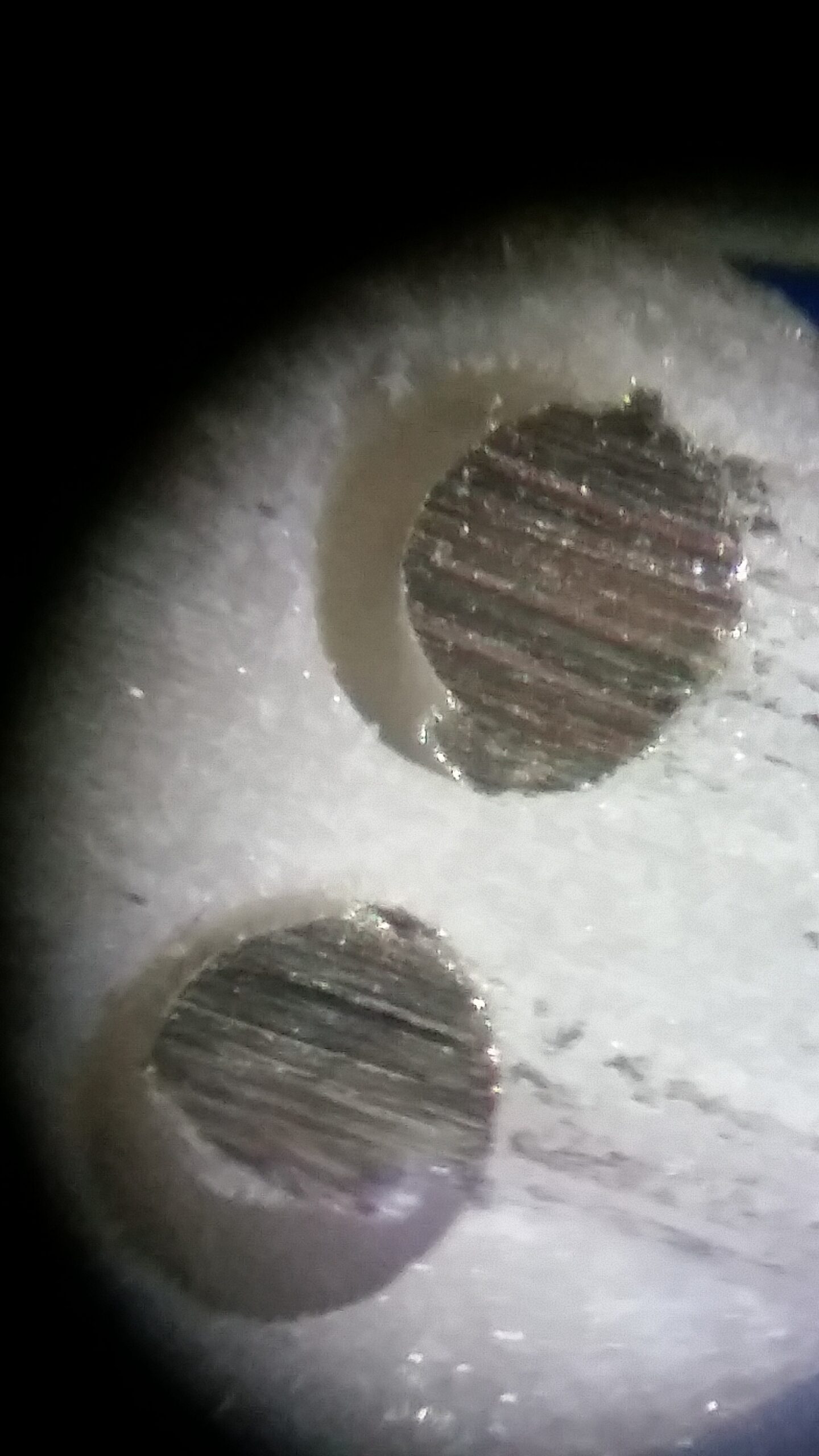Skilled Failure Analyst
Failure Analysis is the process of collecting and analyzing data to determine how or why a system, component or process failed. It can be a very involved process for complex systems. The process can involve
- Photographic documentation of the failed component or system.
- The review of data relating to the operation of the system.
- Review of design documentation, QA documentation, and even design analyses.
- Metallurgical or chemical analysis of the components.
- Interviews of individuals associated with the use of the product.
- Interviews of individuals who witnessed the failure.
- Engineering calculations to assess operating conditions.
- The review of design calculations.
- The development of a fault tree or other technique to assess failure mechanisms.
- Other analyses as needed.
One has to be open minded at the start of the process in order to ensure potential failure mechanisms are not overlooked or quickly dismissed. That is why it is often a good idea to use a fault tree or other approach to consider all potential failure mechanisms.
Failure Analysis – Example
At the very start of an investigation, one may know for example that a bolt failed. A detailed failure analysis will determine the “true” root cause of the event. Emphasis is place on the word “true” because that is the key to the process. It is not enough to say that a bolt failed due to fatigue. One has to ask more questions to determine the true root cause. In that process, the following questions come to mind:
- What caused the fatigue?
- Were the structural loads those used in the design?
- Or, was the structural loading greater than anticipated?
- Were the design calculations in error?
- Was the wrong type of bolt installed?
- Was the wrong size of a bolt installed?
- Was the bolt torqued properly when installed? Or does it not matter how tight the bolt was torqued?
- Was the right size bolt installed but the wrong type of bolt specified in the design process?
- Is the chemical makeup of the bolt as expected?
- Did the bolt exhibit any signs of corrosion?
- Is the bolt the same as all of the others used in a similar way?
Depending on the Situation, There May Be Other Questions to Consider as Well. An Example of a True Root Cause Outcome Might Be as Follows:
The bolt failed due to fatigue that was the result of the wrong type of bolt being used for the application (type 5 vs 8 for example).
It sounds like this investigation could have been over in minutes. The head of the bolt is checked and it is noticed that the wrong bolt was installed. Case closed – right? But, if this is a critical component, the elimination of other failure scenarios for example would require analysis to eliminate the other failure options. For example, the actual structural load may need to be checked and compared to the design calculations. If they are the same, then those failure modes that considered overload conditions can be eliminated. The elimination of other potential failure mechanisms is important because it gives confidence in the selected failure mechanism.
For something as simple as a bolt, it can be an involved process. Imagine what level of detail might be required if – say for example – a $40M dollar piece of mining equipment failed during operations. Complex mechanical, electrical, hydraulic, and even software systems can come into play and have to be analyzed.
If you have a failure and would like an outside set of eyes to conduct the investigation, contact us to assist you. We been through the process numerous times.



